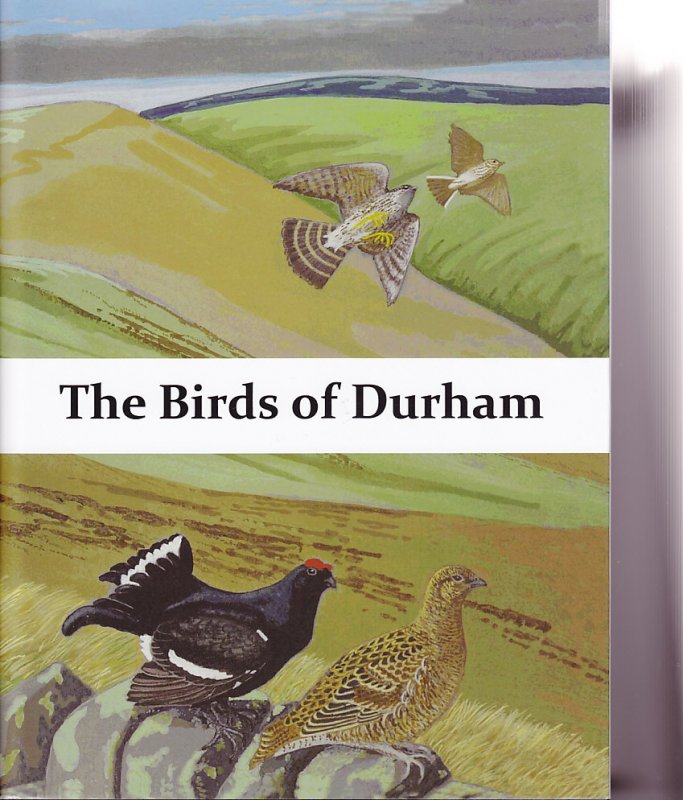
Publisher: Durham Bird Club, Durham
Publication Year: 2012
Binding: 2
Page Count: 1014
ISBN Number: 978-1-87470-103-3
Price: £40.00
The Birds of Durham
During this time of atlas mania many local bird clubs made the pragmatic decision to jump onto the bandwagon and produce a local atlas. Radically, Durham Bird Club eschewed this notion and has gone for the `old fashioned’ idea of a county avifauna and what a fantastic job it has done too.
We all know the production of an avifauna is expensive, both in money and time. To overcome the financial burden Durham Bird Club developed an innovative method of publishing this tome. `The Birds of Durham Heritage Project` was born, this project proved to be ground-breaking and importantly brought in funding from Heritage Lottery Fund. Durham Bird Club also organised a programme of public events like guided walks for local communities, and a series of interpretative panels was created to celebrate the Birds of Durham. A small band of enthusiastic bird club stalwarts provided the time, knowledge and hard work to fulfil the ambition of `the Birds of Durham` and they should be congratulated.
Enough of the background what about the book?
Ornithologically the county of Durham is rich and this heritage is now gloriously revealed. Starting with the almost obligatory explanatory chapters on the climate, geology and of course the diverse habitats, from the industrially despoiled, but recovering, coast to the stark and internationally important uplands through designated lowland heaths and wooded denes, of the county; the foundations of our understanding are well laid.
Historically Durham birds have been well recorded with relatively recent luminaries such as Grey, Bolam and Temperley leading the way but the heritage goes way back beyond that time and the chapter `the study of birds in county Durham` makes fascinating reading as it meticulously traces the earliest bird-recorders and brings us right up to date with the modern leading lights.
As you would expect with an avifauna the vast majority of this book is taken up with a very, very impressive and diverse species list which testifies to the birding quality and heritage of County Durham. For example there are important breeding populations such as Black Grouse, Golden Plover and Dunlin and who can forget the Bee-eaters in 2002, the first breeding record in Britain for over 50 years?
These breeding species will always catch the eye, but perhaps Durham is most famous for its rare migrants found generally along the coast. Who wasn’t stirred up by the news of Britain’s first Eastern-Crowned Warbler found at South Shields in 2009 or the White-Throated Robin at Hartlepool Headland in 2011 which was a first for the British mainland? These are just some of the modern records but rare birds have been found on the Durham coast for many, many years. They are all here! And where possible each species receives a very thorough and detailed account.
As a Northumbrian, therefore neighbour, I’m a just a little jealous of this work. I hope the authors are pleased with the fruit of their endeavour, they should be! I wholeheartedly and without reservation recommend `The Birds of Durham`.
Book reviewed by Tom Cadwallender





Share this page